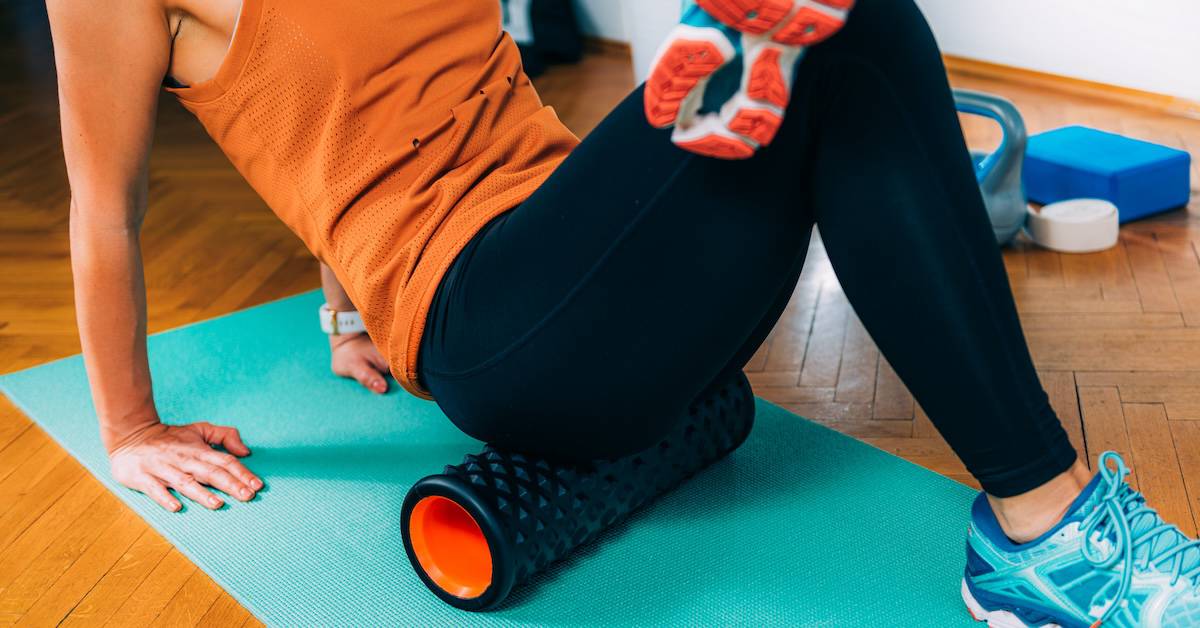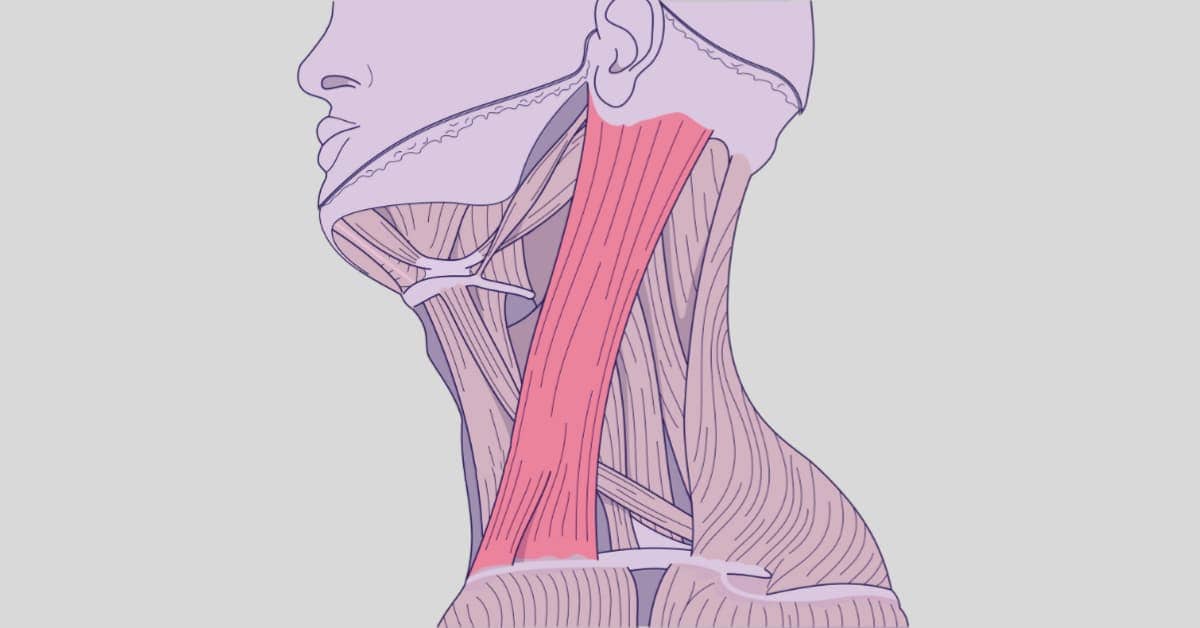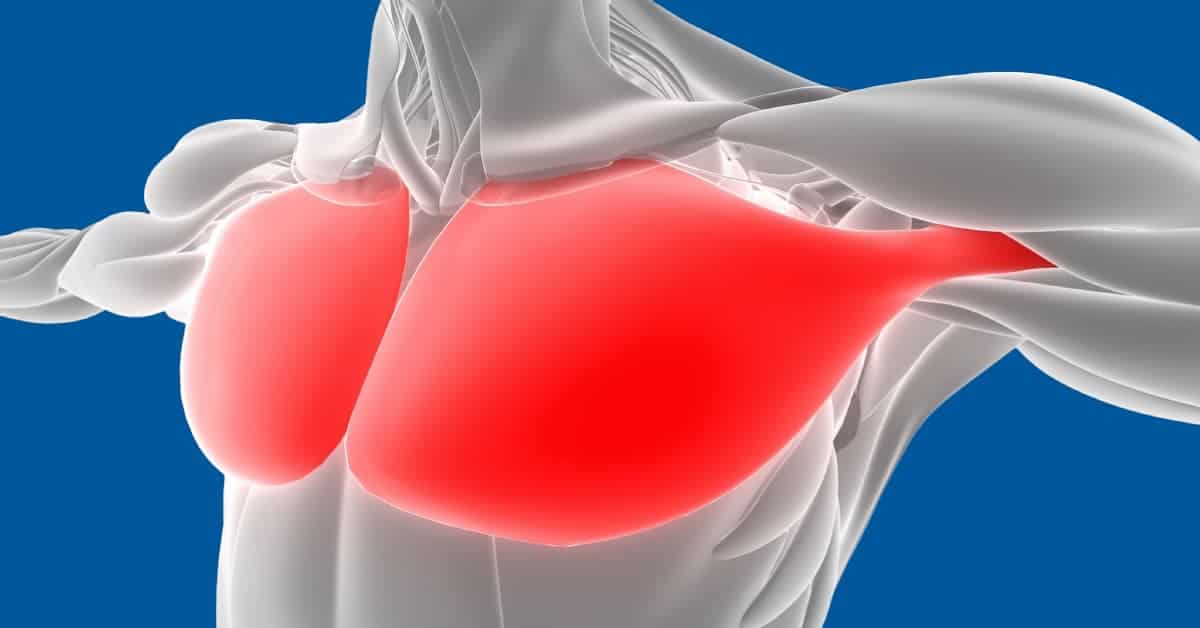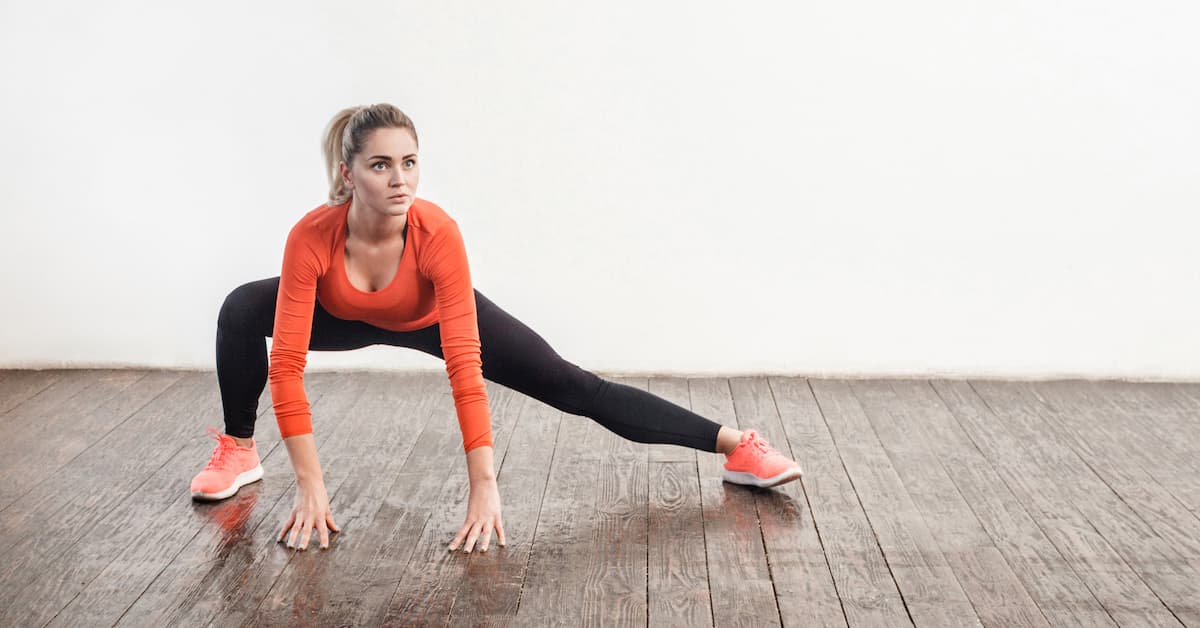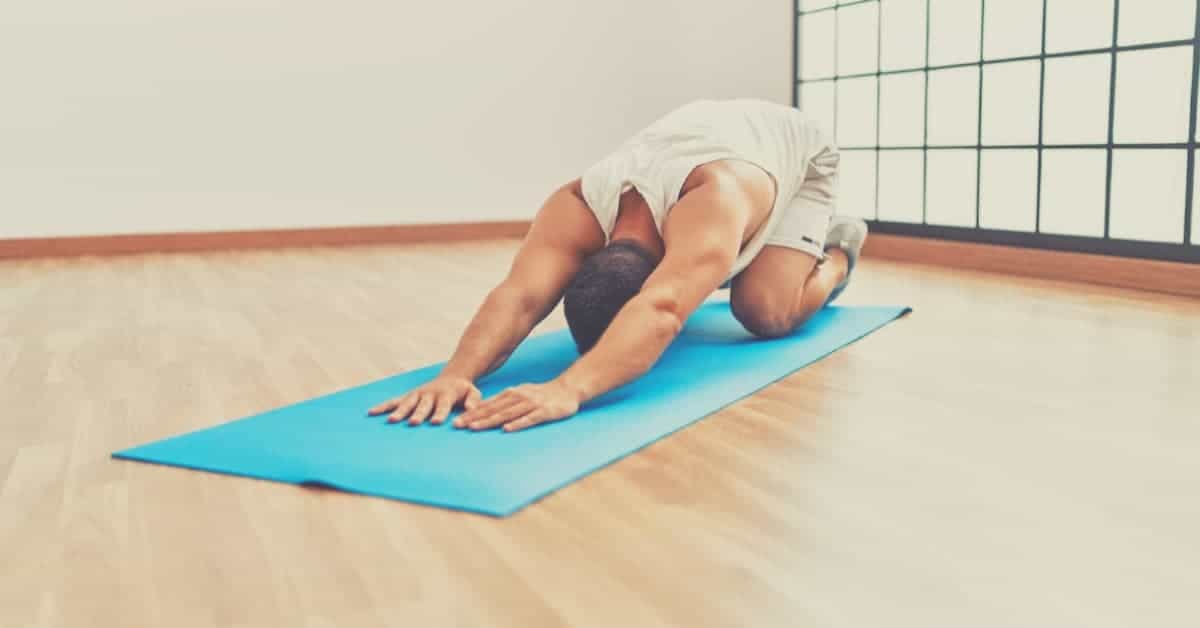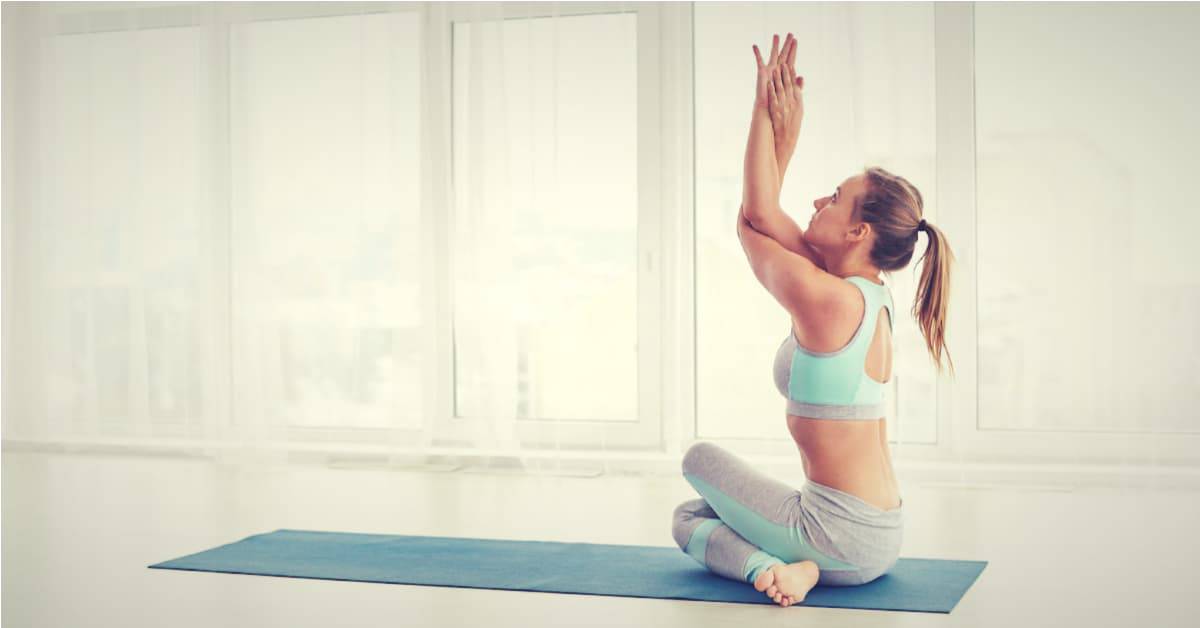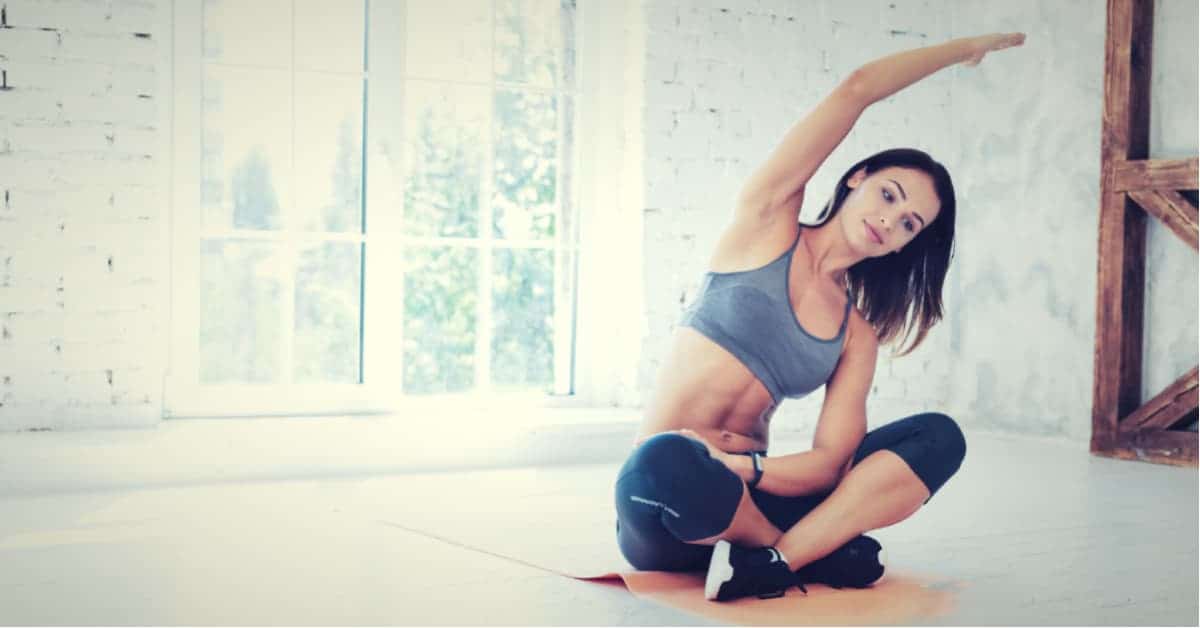If you’re dealing with upper back pain, aches, and discomfort, you’re not alone. Long hours of sitting at a desk, hunching over a computer, and poor body mechanics can all contribute to upper back issues.
In this article, we’ll explore ten effective stretches that specifically target the muscles in your upper back, helping to alleviate pain and promote comfort in your daily life.
I. Understanding Upper Back Pain and the Role of Stretching
Upper back pain and discomfort can be quite common, especially among those who spend long hours sitting at a desk, hunching over a computer, or engaging in other activities that require a forward-leaning posture. This sedentary lifestyle can lead to muscle imbalances, tightness, and tension in the upper back area.
Some of the main muscles involved in upper back pain include the upper trapezius, levator scapulae, rhomboids, deltoids, and latissimus dorsi. When these muscles become tight or imbalanced, it can result in discomfort and aches in the upper back region.
In the following sections, we will introduce you to stretches and exercises that target these specific muscles, helping to alleviate pain and make your daily life more comfortable.
II: Top 10 Stretches for Upper Back Pain Relief
In this section, you’ll find ten effective stretches that target the muscles in your upper back, specifically those contributing to pain and discomfort.
Incorporating these stretches into your daily routine can help alleviate the aches and pains associated with long hours of sitting and poor body mechanics. Let’s get started on your journey to a more comfortable upper back.
1. Upper trapezius stretch
- Sit or stand with good posture
- Gently tilt your head to one side, bringing your ear towards your shoulder
- Use your hand on the same side to gently apply additional pressure
- Hold for 20-30 seconds, then switch sides and repeat
- Perform 2-3 times on each side
2. Rhomboid stretch
- Stand with your feet shoulder-width apart
- Extend your arms in front of you and clasp your hands together, making fists
- Round your upper back, pushing your clasped hands away from your body
- Hold for 20-30 seconds, then release and relax
- Perform 2-3 times
3. Levator scapulae stretch
The levator scapulae is a muscle that connects the neck and shoulder, and is responsible for lifting the shoulder blade. Stretching this muscle can help reduce tension and discomfort in the neck and upper back.
- Sit or stand with good posture
- Tilt your head down towards one shoulder, aiming to touch it with your chin
- Use your hand on the same side to gently apply additional pressure
- Hold for 20-30 seconds, then switch sides and repeat
- Perform 2-3 times on each side
4. Kneeling lat stretch
The latissimus dorsi, or lats, are large muscles that run down your sides and play a significant role in upper body movement and posture.
- Kneel on the ground, facing a chair or an elevated surface
- Place your elbows on the chair, palms together, and lean forward
- Push your hips back, allowing your chest to sink toward the ground
- Hold the stretch for at least 30 seconds, feeling the stretch in your lats and upper back
- Repeat 2-3 times, or as needed for relief
5. Eagle pose stretch
This stretch targets the upper back muscles, especially the trapezius and rhomboids, helping to release tension and tightness.
- Stand with your feet hip-width apart
- Cross one arm over the other, bending your elbows and placing your hands together
- Gently lift your elbows while keeping your hands together
- Hold for 20-30 seconds, then switch arms and repeat
- Perform 2-3 times on each side
6. Child’s pose
- Begin on your hands and knees
- Sit back onto your heels, lowering your chest towards the floor
- Extend your arms in front of you, resting your forehead on the floor
- Hold for 20-30 seconds, then release and relax
- Perform 2-3 times
7. Cross-body shoulder stretch
This stretch helps to release tension in the shoulders and upper back, improving flexibility and range of motion.
- Stand with your feet shoulder-width apart
- Bring one arm across your chest, keeping it straight
- Use your other hand to gently pull the arm closer to your chest, feeling a stretch in your upper back and shoulder
- Hold for 20-30 seconds, then switch arms and repeat
- Perform 2-3 times on each side
8. Thread the needle
This stretch helps to open up the shoulders and upper back, promoting better posture and relieving tightness.
- Begin on your hands and knees
- Reach one arm under your body, threading it through the space between your opposite arm and leg
- Lower your shoulder and head to the floor, feeling a stretch in your upper back and shoulder
- Hold for 20-30 seconds, then switch sides and repeat
- Perform 2-3 times on each side
9. Knee to chest stretch
- Lie on your back with your knees bent and feet flat on the floor
- Bring one knee towards your chest, holding it with both hands
- Gently pull the knee closer to your chest, feeling a stretch in your lower back
- Hold for 20-30 seconds, then switch legs and repeat
- Perform 2-3 times on each side
10. Standing lat stretch
- Stand with your feet shoulder-width apart
- Raise your arms overhead and interlace your fingers
- Gently lean to one side, feeling a stretch along the side of your torso and upper back
- Hold for 20-30 seconds, then switch sides and repeat
- Perform 2-3 times on each side
III. Mobility exercises
In addition to stretching, mobility exercises can help improve your upper back pain by increasing flexibility, range of motion, and overall muscle function.
1. Wall angels
- Stand with your back against a wall, feet shoulder-width apart
- Bring your arms up to form a “W” shape with your elbows and hands touching the wall
- Slide your arms up the wall, straightening them while keeping contact with the wall
- Lower your arms back to the starting position
- Repeat 10-15 times
2. Cat-cow stretch
The cat-cow stretch is beneficial for spinal mobility and helps to release tension in the upper and lower back, as well as the neck.
- Begin on your hands and knees, with your wrists under your shoulders and your knees under your hips
- Inhale as you arch your back, dropping your belly towards the floor and lifting your head and tailbone
- Exhale as you round your back, tucking your chin to your chest and curling your tailbone under
- Repeat for 10-15 cycles
IV. Foam rolling exercises
Foam rolling is a self-massage technique that can help release tightness in your muscles and improve circulation. This section will guide you through a few foam rolling exercises targeting the upper back area.
1. Thoracic extensions over a foam roller
This exercise helps increase spinal mobility and relieve stiffness in the thoracic spine, improving posture and reducing upper back pain.
- Place a foam roller on the floor and sit in front of it with your knees bent and feet flat
- Lie back onto the foam roller, positioning it across your upper back
- Interlace your fingers behind your head and gently lean back over the foam roller, allowing your upper back to arch
- Hold for a few seconds, then return to the starting position
- Repeat 5-10 times, moving the foam roller slightly up or down your back to target different areas
2. Foam roller spinal alignment
This position helps to open up the chest and shoulders, counteracting the effects of prolonged sitting and hunching.
- Position a foam roller vertically on the floor, so it runs the length of your spine
- Sit in front of the foam roller with your knees bent and feet flat
- Slowly lie back onto the foam roller, allowing your spine to rest along its length
- Extend your arms out to the sides at shoulder height, palms facing up
- Relax and breathe deeply for 1-2 minutes
3. Foam rolling the upper back
Foam rolling can help release tight muscles and fascia in the upper back, leading to reduced pain and improved flexibility.
- Place a foam roller on the floor and sit in front of it
- Lie back onto the foam roller, positioning it across your upper back
- Place your hands behind your head, or cross them over your chest
- Using your feet, gently roll your body up and down the foam roller, targeting tight spots in your upper back
- Spend 30-60 seconds on each tight area
In Summary
In conclusion, incorporating these upper back stretches into your daily routine can help alleviate discomfort, tightness, and pain. Additionally, the mobility exercises and foam rolling techniques provided in this article can be used further to enhance your upper back’s flexibility and function, complementing the stretches.
You can work towards a more comfortable and pain-free upper back by consistently practising these stretches and exercises. Always listen to your body, and consult a healthcare professional if you have concerns about your upper back pain or the exercises discussed in this article.
















